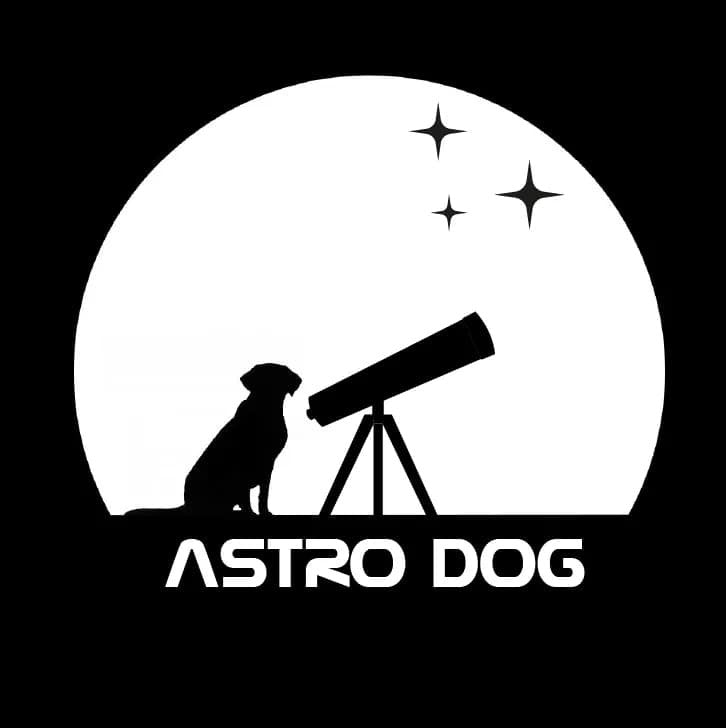SOLAR ACTIVITY REPORT - POTENTIAL FOR AURORAL ACTIVITY TONIGHT!!! A MINOR G1 GEOMAGNETIC STORM WATCH NOW IN PLACE! PLUS STRONG ACTIVITY CONTINUING ON THE FARSIDE OF THE SUN.💚💜💙✨️
Since our last solar report a few days ago, solar activity has quietened down somewhat to moderate levels. There has however been some interesting activity that may lead to more auroral activity here on Earth tonight and in the near future.
Read on for more information on the recent solar activity…
SUNSPOT REGION AR3685 CONTINUES TO BE MODERATELY ACTIVE
In our last solar report we discussed the activity of a new active sunspot region on the surface of the Sun now named active region AR3685. This region that has just rotated into view on the Eastern limb produced an impressive X2.9 solar flare last Wednesday, and has continued to rotate closer towards the Earth strike zone. Unfortunately since region AR3685 produced this large X flare, it has only produced minor C class and moderate M class flares.
RECENT STRONG M CLASS FLARE
Region AR3685 has however produced one flare of particular interest. Last Friday, AR 3685 produced a fairly strong long duration M class (M7.2) solar flare in the southeast quadrant which peaked at 22:08 BST. A coronal mass ejection (CME) was associated with this event. While much of the CME will be launched away from Earth, NOAA/SWPC predict that we may be treated to a glancing blow reaching us today (20th May).
MINOR G1 GEOMAGNETIC STORM IN PLACE FOR TODAY/TONIGHT
Due to this strong M class flare, we now have a minor (G1) geomagnetic storm watch in place from today. This geomagnetic storm could hit earlier or later than predicted, or not at all. So we will be watching the stats in anticipation with our fingers crossed that this predicted storm may create an auroral display.
THE BRIGHT MOON / BRIGHTER SKIES
Unfortunately, if we do see any auroral activity, the Aurora will have the bright 93% illuminated Moon about all night to contend with. The natural light pollution of the Moon will brighten our skies and make any faint auroral activity very hard to view/capture.
Another factor that is making the Aurora harder to view is our brightening late Spring skies. Our window of opportunity to catch the Northern Lights is becoming narrower and narrower as each night passes due to the ever decreasing periods of dark skies as we head towards summer-time.
CHANCE OF FURTHER SOLAR ACTIVITY
There remains a chance for moderate M class solar flares with AR 3679, AR3683 and AR3685 being the most likely sources. Sadly, the chance for a strong X-Flare is currently predicted to be very low at around 10%.
THE FAR SIDE OF THE SUN
On the far side of the Sun we are still seeing a lot of strong activity which is very promising for future auroral activity.
LARGE CME DETECTED THIS MORNING
This morning a fast moving full halo coronal mass ejection was seen leaving the Sun at around 06:30 BST. Sunspot region AR3664 (the region responsible for the many X class and M class flares that resulted in the huge aurora display witnessed on Friday the 10th May) is thought to be responsible for the CME seen on the far side of the Sun this morning.
STRONG SOLAR ACTIVITY TO CONTINUE?
As this morning’s CME occurred on the far side of the Sun, this will definitely not be Earth directed. This is however promising news that AR3664 may continue to show strong activity when it rotates back into Earth-facing view. Region AR3664 should re-appear on the Earth facing disc around May 29th, which is very exciting indeed.
Can this region maintain its potency on its journey around the Sun? Could it potentially remain active when it reaches the Earth strike zone and lead to more aurora? We will see in the near future.
Another interesting and large flare producing region to keep an eye out for is AR 3663 which should rotate back into view by May 25th.
CONCLUSION
We have the potential for a possible minor auroral display tonight thanks to Region AR3685’s recent M7.2 solar flare. However, If a display is visible, it might be a struggle to see due to our brightening skies and the super bright Moon that will be in our skies all night. We will see later tonight if things come together for a display, keep checking back with us for updates.
While we are currently back to moderate levels of solar activity, it is promising that we are still seeing multiple M Class solar flares on the Earth-facing side of the solar disc and on the far side of the solar disc activity is still looking strong.
Hopefully the multiple active regions rotating into view on the Sun’s Eastern limb continue to be active as they rotate into the Earth strike zone and potentially produce some Earth bound Coronal Mass Ejections that trigger some beautiful Northern Lights Displays.
We also hope that the prolific regions AR3663 and AR3664 continue to stay active during their rotation around the far side of the Sun and maybe come back even stronger!?
As always we will continue to monitor things and keep you all updated.
Everybody keep all your fingers crossed for the possibility of an auroral display tonight and further strong activity in the near future! 🤞
Clear skies!
ATTACHMENTS: Three images depicting the long duration M Class (M7.2) flare leading to a coronal mass ejection from which we may receive a glancing blow. Plus one image (split into four) depicting the full halo coronal mass ejection on the far side of the Sun.





